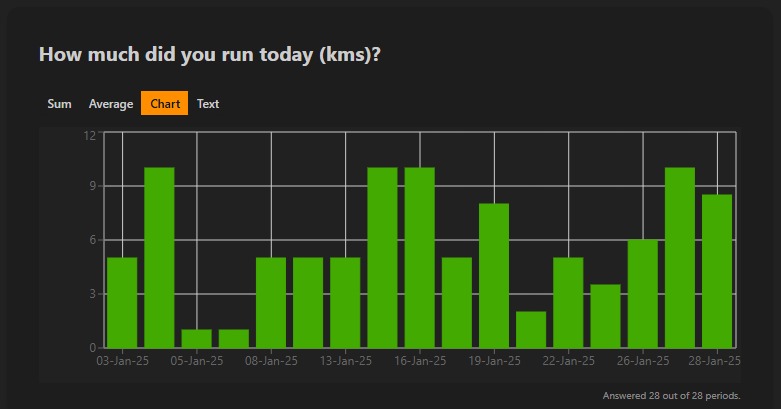Today was one of those days where life felt heavier than usual. My father has been dealing with blood pressure fluctuations, and the stress of seeing him unwell weighed heavily on me. It’s not the first time I’ve felt this kind of worry, but today it manifested in a way I didn’t expect—I didn’t feel like eating dinner. For as long as I can remember, I’ve been someone who rarely skips meals. Food has always been a comfort, a routine, and sometimes even a distraction. But today, the thought of eating felt unnecessary, almost burdensome. I decided to listen to my body and skip dinner entirely.
The experience was surprisingly refreshing. As the evening progressed, I noticed that my mind felt clearer, and my body felt lighter. I wasn’t weighed down by the usual post-meal sluggishness that often follows dinner. Instead, I felt a sense of calm, as if my body was thanking me for not forcing it to process food when it was already dealing with emotional stress. I went to bed earlier than usual, and when I woke up the next morning, I felt unusually fresh. There was no grogginess, no heaviness—just a clear mind and a sense of readiness for the day ahead. It made me wonder if skipping dinner could be something I should consider doing more often.
This isn’t the first time I’ve heard about the benefits of intermittent fasting or skipping meals. I’ve read about how giving your digestive system a break can improve metabolism, promote better sleep, and even enhance mental clarity. But reading about something and experiencing it are two very different things. Today, I experienced it firsthand, and it left me intrigued. Could skipping dinner become a habit? Could it be a way to not just improve my physical health but also manage stress better? I’ve always struggled with building consistent habits, especially around food, but this experience felt like a small step in the right direction.
Of course, I’m aware that skipping dinner isn’t a one-size-fits-all solution. Everyone’s body is different, and what works for me might not work for someone else. But today’s experience has made me more curious about the relationship between food, stress, and overall well-being. It’s made me want to explore how small changes in my eating habits could lead to bigger improvements in how I feel, both physically and mentally. For now, I’m not committing to anything drastic, but I’m open to experimenting further. Maybe skipping dinner occasionally could be a way to reset, recharge, and reflect—on both my health and my habits.
In the end, today was a reminder that sometimes, the best thing we can do for ourselves is to listen to our bodies. Whether it’s skipping a meal, taking a break, or simply allowing ourselves to feel what we’re feeling, small acts of self-awareness can lead to meaningful changes. And who knows? Maybe skipping dinner will become more than just a one-time thing. Maybe it will become a habit—one that helps me feel lighter, clearer, and more in tune with myself.

